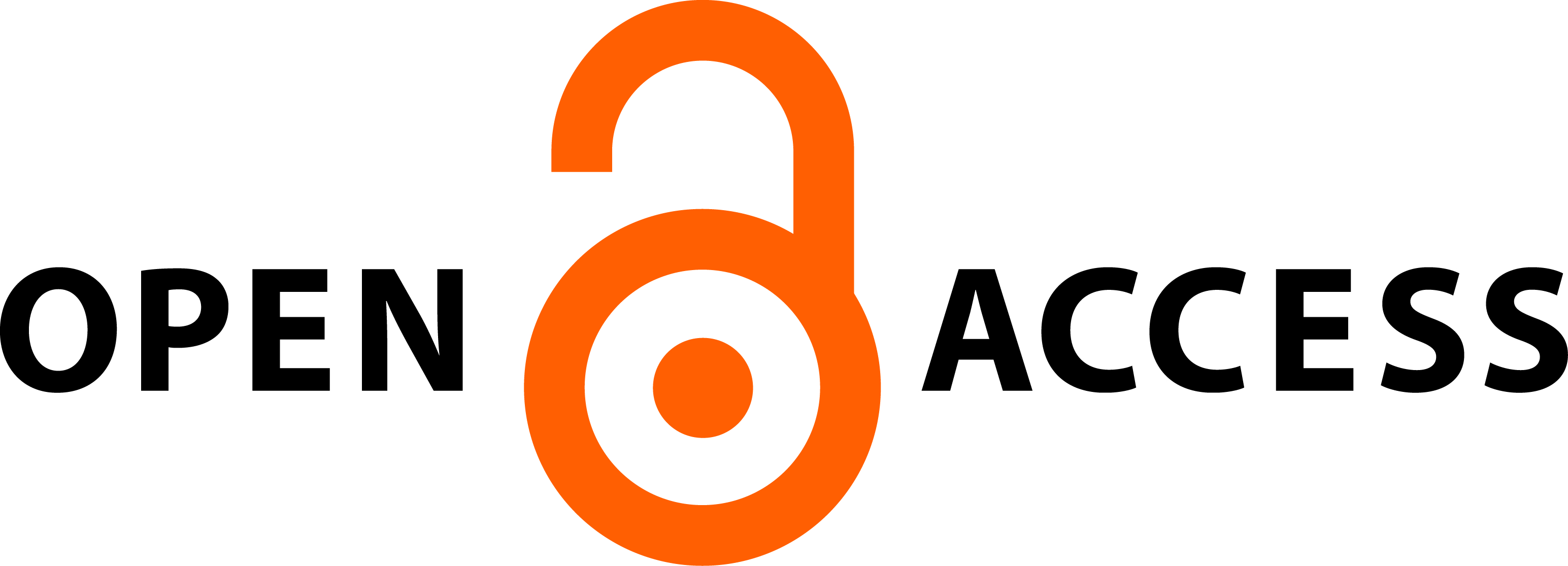SZAKMÓDSZERTANOS OKTATÓK MEGGYŐZŐDÉSEI AZ ANGOL ÉS A NÉMET NYELV TÖBBKÖZPONTÚSÁGÁRÓL
Piloteredmények két magyarországi egyetemről
Absztrakt
Jelen tanulmány a magyarországi egyetemeken folyó tanárképzésben részt vevő szakmódszertanos oktatók meggyőződéseit vizsgálja az angol és a német mint idegen nyelvek többközpontúságát illetően. A pilotfázis eredményei két félig strukturált interjú elemzésén alapulnak, amelyek 2023-ban készültek két magyarországi egyetem egy-egy oktatójával. Az elemzés kitér továbbá az eredmények összehasonlítására harminckét korábbi interjúval, melyek 2020 és 2022 között készültek, huszonegy magyarországi angol és német szakos nyelvtanárral és tizenhat nyelvtanulóval. Az interjúk elemzése a Taguette program segítségével, kvalitatív tartalomelemzés keretében történt, egy tizenhárom kódot tartalmazó kódkeret felállításával. A kiinduló kutatási kérdés az volt, hogyan viszonyulnak az egyetemi oktatók többközpontúságról alkotott meggyőződései a nyelvtanárokéhoz, illetve a nyelvtanulókéhoz. Az eredmények azt mutatják, hogy jóval több köztük a hasonlóság, mint a különbözőség, s úgy tűnik, az egyetemi oktatók nyitottabbak a többközpontúságra a köznevelésben tanító kollégáiknál, ám a nyelvtanulókhoz képest alapvetően konzervatívabbak. A vizsgálat pilotjellegéből következik, hogy az előzetes eredmények bemutatásán túlmenően kutatásmódszertani tanulságokat is megfogalmaztam, melyek igen fontosak lesznek a vizsgálat folytatásakor, vagyis a minta további egyetemi oktatókkal történő kiegészítésekor.
Hivatkozások
Clyne, Michael ed. 1992. Pluricentric languages: Differing norms in different nations. Berlin and Boston: Mouton de Gruyter. https://doi.org/10.1515/9783110888140
Glaboniat, Manuela – Müller, Martin – Rusch, Paul – Schmitz, Helen – Wertenschlag, Lukas. 2002. Profile deutsch: Gemeinsamer europäischer Referenzrahmen. Berlin: Langenscheidt.
Glauninger, Manfred Michael. 2001. Österreichisches Deutsch. Deutschunterricht für Ungarn 14 (1–2): 107–108.
Huang, Yunlong. 2014. Constructing intercultural communicative competence framework for English learners. Cross-Cultural Communication 10 (1): 97–101. DOI: 10.3968/j. ccc.1923670020141001.3970
Huber Máté Imre. 2022a. Az angol és a német nyelv többközpontúsága a magyarországi nyelvoktatásban: Tanárok és diákok vélekedései. In Gráczi Tekla – Ludányi Zsófia szerk., Doktoranduszok tanulmányai az alkalmazott nyelvészet köréből 2021: XV. Alkalmazott Nyelvészeti Doktoranduszkonferencia. Budapest: MTA Nyelvtudományi Intézet.
Huber, Máté Imre. 2022b. English and German as pluricentric languages in the Hungarian education system: Teachers’ and learners’ perceptions. In Muhr, Rudolf – De Ridder, Reglindis – Edelmann, Gerhard – Aditi, Ghosh eds., Pluricentric languages in different theoretical and educational contexts. 101–116. Graz: PCL-PRESS.
Huber, Máté Imre. 2023. Pluricentricity in foreign language teaching: The case of English and German in the Hungarian education system. Graz: PCL-PRESS.
Jenkins, Jennifer. 2006. Current perspectives on teaching World Englishes and English as a Lingua Franca. TESOL Quarterly 40 (1): 157–181. https://doi.org/10.2307/40264515
Jianli, Liang. 2015. Pluricentric views towards English and implications for ELT in China. English Language Teaching 8 (4): 90–96. https://doi.org/10.5539/elt.v8n4p90ű
Kloss, Heinz. 1978. Die Entwicklung neuer germanischer Kultursprachen seit 1800. Düsseldorf: Schwann.
Krumm, Hans-Jürgen. 2006. Norm, Varietäten und Fehler: Welches Deutsch soll der Deutsch als Fremdsprache-Unterricht lehren? In Neuland, Eva Hrsg., Variation im heutigen Deutsch: Perspektiven für den Sprachunterricht. 459–468. Bern: Peter Lang.
Marlina, Roby. 2014. The pedagogy of English as an International Language (EIL): More reflections and dialogues. In Marlina, Roby – Ram Ashish, Giri eds., The pedagogy of English as an International Language. 1–19. London: Springer. https:// doi.org/10.1007/978-3-319-06127-6_1
Marlina, Roby. 2018. Teaching English as an International Language: Implementing, reviewing, and re-envisioning World Englishes in language education. London: Routledge. https://doi.org/10.4324/9781315315768
Mirzaei, Azizullah – Faranak, Forouzandeh. 2013. Relationship between intercultural communicative competence and L2-learning motivation of Iranian EFL learners. Journal of Intercultural Communication Research 42 (3): 300–318. DOI: 10.1080/17475759.2013.816867
Muhr, Rudolf. 1993. Österreichisch – Bundesdeutsch – Schweizerisch: Zur Didaktik des Deutschen als plurizentrische Sprache. In Muhr, Rudolf Hrsg., Internationale Arbeiten zum österreichischen Deutsch und seinen nachbarsprachlichen Bezügen. 108–123. Vienna: Hölder-Pichler-Tempsky.
Muhr, Rudolf. 1996a. Das Deutsche als plurizentrische Sprache: Zur Sprachrealität der deutschsprachigen Länder und zum Normbegriff im DaF-Unterricht. Unterrichtspraxis/ Teaching German. Zeitschrift des amerikanischen Deutschlehrerverbandes 1 (2): 137–146. https://doi.org/10.2307/3531823
Muhr, Rudolf. 1996b. Österreichisches Deutsch und interkulturelle Kommunikation im Kontext des Faches Deutsch als Fremdsprache. ÖDaF Mitteilungen: Informationen des Vereins „Österreichischer Lehrerverband Deutsch als Fremdsprache“. 1 (1): 31–44.
Muhr, Rudolf. 2012. Linguistic dominance and non-dominance in pluricentric langua- ges: A typology. In Muhr, Rudolf ed., Non-dominant varieties of pluricentric langua- ges: Getting the picture. 23–48. Bern: Peter Lang. https://doi.org/10.3726/978-3- 653-01621-5
Neuland, Eva. 2011. Variation in der deutschen Sprache. Auswirkungen auf den (Fremd) Sprach(en)unterricht. In Moraldo, Sandro Hrsg., Deutsch aktuell 2: Tendenzen der deutschen Gegenwartssprache. 48–63. Rome: Carocci.
Rauer, Agnes – Tizzano, Elena. 2019. Teaching English with a pluricentric approach: A compilation of four upper secondary teachers’ beliefs. Unpublished MA thesis. University of Malmö, Faculty of Education and Society, Department of Culture, Languages and Media.
Schreier, Margrit. 2013. Qualitative Content Analysis. In Flick, Uwe ed., The Sage Handbook of Qualitative Data Analysis. 170–183. Los Angeles: Sage.
Voss, Thamar – Kunter, Mareike. 2020. “Reality Shock” of Beginning Teachers?: Changes in Teacher Candidates’ Emotional Exhaustion and Constructivist- Oriented Beliefs. Journal of Teacher Education 71 (3): 292–306. https://doi.org/ 10.1177/0022487119839700








